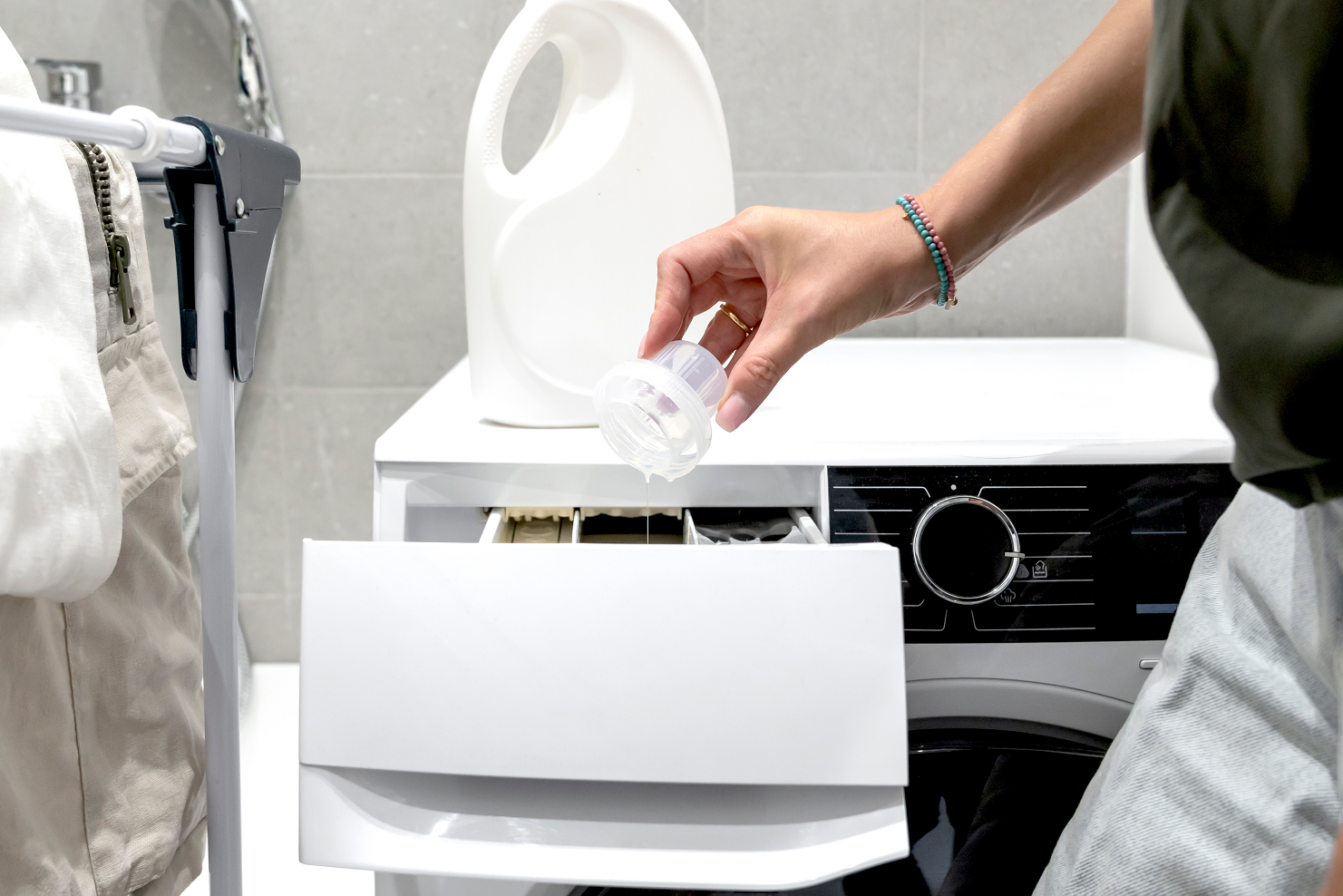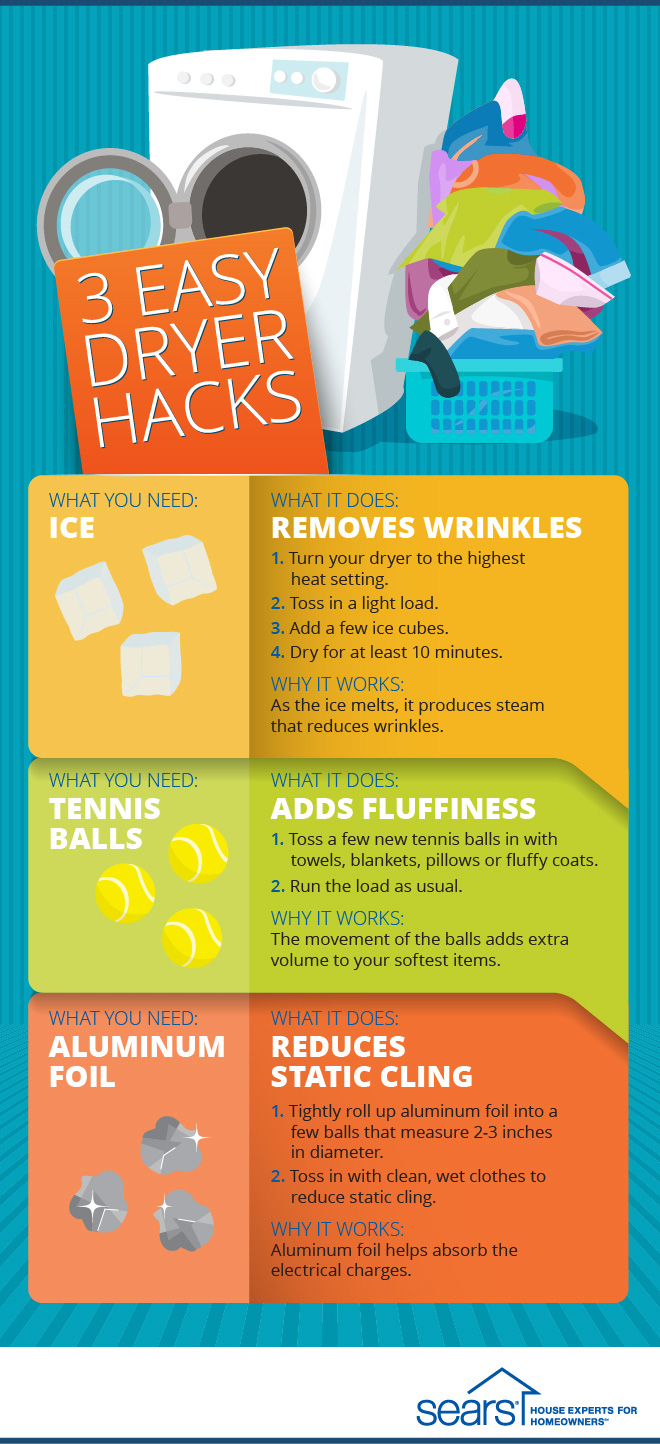Table of Contents
What is Fabric Softener, and How Does It Work?
Types of Fabric Softeners: Liquid, Sheets, and Pods
How to Use Fabric Softener in Different Laundry Appliances
Benefits of Using Fabric Softener
Potential Drawbacks and Considerations
Eco-Friendly Alternatives to Conventional Fabric Softeners
Final Tips for Using Fabric Softener Effectively
How Does a Fabric Softener Work?

We all love the feeling of soft, fresh-smelling clothes right out of the dryer. Fabric softeners are the secret behind that comforting softness, but do you know how they work? This article will explain the science behind fabric softeners, how they interact with your laundry, and tips to use them effectively.
Whether you're a laundry novice or a fabric care pro, you'll gain valuable insights into making the most of fabric softener in your washing routine.
KEY TAKEAWAYS
- Fabric softeners contain cationic surfactants that bind to fabric fibers, reducing friction, making clothes feel softer, and reducing static cling for a more comfortable feel and smoother appearance.
- Choose between liquid softeners, dryer sheets, and pods based on your machine type and laundry routine. For eco-conscious users, natural alternatives like vinegar, essential oils, and wool dryer balls offer chemical-free softening options.
- Overuse can lead to residue buildup, especially in front-load machines, and may reduce the absorbency of towels. Regular maintenance and machine cleaning are essential to ensure optimal results and efficiency.
What is Fabric Softener, and How Does It Work?
Fabric softeners, also known as fabric conditioners, are specially formulated liquids or sheets added during the laundry cycle to soften fabric, reduce static, and improve scent. Here’s how they work at a chemical level:
Softening the Fibers
Fabric softeners are made from positively charged ions called cationic surfactants. These ions attach to negatively charged fibers in clothing, smoothing out rough edges, reducing friction, and making clothes feel softer.
Reducing Static Electricity
Static electricity occurs when fabrics rub against each other, causing them to cling. Fabric softeners reduce this friction by forming a lubricating layer around each fiber, preventing static and reducing lint buildup.
Enhancing Freshness
Many fabric softeners are infused with fragrances, giving your clothes a pleasant scent that can last for days. Some advanced formulas also contain odor-neutralizing agents that eliminate unwanted smells.
Types of Fabric Softeners: Liquid, Sheets, and Pods
Choosing the right type of fabric softener depends on your preferences and the type of laundry appliance you use.
- Liquid Fabric Softeners: These are added to the washing machine during the rinse cycle. They provide a thorough, even coating on fabric, making them effective for both top-load and front-load machines.
- Dryer Sheets: These are used in the dryer and are especially convenient for reducing static. However, they may leave a residue on clothes over time.
- Pods or Capsules: Some pods come with fabric softener built-in, so you get detergent and fabric softener in one step. These are convenient but may not provide the same softening effect as dedicated softeners.

How to Use Fabric Softener in Different Laundry Appliances
Here’s how you can add fabric softener to different types of washing machines.
- Top-Load Washers: Pour fabric softener into the dispenser (usually on top of the agitator) before starting the cycle. The washer releases it during the rinse phase.
- Front-Load Washers: Dilute liquid fabric softener with 1 part water to 1 part fabric softener so it flows through the dispenser assembly efficiently. Add fabric softener to the designated compartment in the detergent drawer, and the machine will dispense it during the final rinse.
- High-Efficiency (HE) Machines: Use HE-compatible fabric softeners in these machines to avoid excess suds. Add it to the designated compartment, as adding it directly can cause residue buildup. You’ll definitely need to dilute fabric softener in HE machines as described above so the softener will properly flow into the tub and mix with the limited water used in HE washers.
Note: Don’t use fabric softener when washing and drying bath and kitchen towels. Using fabric softener on towels reduces their absorbancy.
Benefits of Using Fabric Softener
In addition to making clothes feel softer, fabric softener offers these benefits:
- Prolonged Clothing Life: By reducing friction, fabric softeners help prevent wear and tear, keeping your clothes looking new for longer.
- Easier Ironing: The softening agents reduce wrinkles, making clothes easier to iron. If you pull garments out of the dryer promptly after the cycle ends, you won’t need to iron some items at all.
- Reduced Drying Time: Softened fabrics retain less water, allowing clothes to dry faster, saving you time and energy.
Potential Drawbacks and Considerations
While fabric softeners can transform your laundry, it’s essential to consider some potential downsides.
Fabric softener can build up over time, especially in front-load machines, leading to odors or decreased efficiency. Regular washer maintenance and cleaning can help.
As noted above, using fabric softener on towels will reduce their absorbency. Skip using fabric softener on towels and other items where absorbency is essential.

Eco-Friendly Alternatives to Conventional Fabric Softeners
Many people seek natural or eco-friendly alternatives to traditional fabric softeners. Here are a few popular options:
- Vinegar: Adding half a cup of white vinegar to the rinse cycle can soften fabrics naturally and help eliminate odors.
- Essential Oils: For a subtle fragrance, add a few drops of essential oils like lavender or eucalyptus to vinegar or wool dryer balls.
- Aluminum Foil: Wadding up aluminum foil into balls and adding them to the dryer will reduce static cling. Aluminum foil balls mimic the effect of dryer softener sheets, neutralizing the electric charge that causes static cling without the added chemicals of dryer sheets.
- Wool Dryer Balls: Reusable dryer wool balls reduce static and soften clothes by tumbling around in the dryer, creating natural friction.
- Ice Cubes Added to the Dryer: As the ice cubes melt in the dryer, they create steam. This steam, in turn, works its magic on the clothes, gently easing out wrinkles without the need for an iron.
This video describes the 3 dryer hacks that can help soften clothes and remove static cling:
Final Tips for Using Fabric Softener Effectively
- Don’t Overuse Fabric Softener: A little fabric softener goes a long way. Using too much can leave residue on clothes and affect performance.
- Read Labels: Always check the care labels on your garments. Certain fabrics, like athletic wear and microfiber, may be damaged by fabric softener.
- Maintain and Clean Your Washing Machine: Regularly clean maintain your washer, especially if you use liquid fabric softeners, to prevent buildup and ensure efficient performance.
- Repair Washer Failures Quickly: When you notice dispenser problems or your machine isn’t working as it should, schedule washer repair right away to get the issue fixed.
Understanding how fabric softener works can help you make more informed choices in your laundry routine. By selecting the right type, using it effectively, and knowing when to skip it, you’ll enjoy softer, fresher-smelling clothes with each wash. Plus, with eco-friendly options available, fabric softener can fit into any lifestyle.
Schedule laundry appliance maintenance now!
Regular laundry appliance maintenance can help prevent costly breakdowns, reduce energy costs and extend the life of your washer and dryer. We’ll perform a 31-point inspection on your washer and dryer.
Was this information helpful?
Schedule laundry appliance maintenance now!
Maintain Laundry Appliances Resources
Discover how a portable washer and dryer work and how to maintain them.
Learn how a condensing washer dryer combo works.
Discover expert tips on how to clean a washing machine and dryer effectively. Keep your laundry appliances in top shape and extend their lifespan with our easy-to-follow guide.
Keep your laundry appliances running smoothly this holiday season with these maintenance tips for your washer and dryer. Avoid breakdowns and promote appliance efficiency.
Glossary Terms
Wattage is the measure of electrical power expressed in watts (W), indicating the rate at which a device consumes energy.
A washer screw is a fastening device that combines a screw and a washer, designed to distribute the load of a screwed fastening more evenly and to prevent the screw from loosening under vibration.
A voltage meter, commonly referred to as a voltmeter, is an instrument used for measuring the electrical potential difference, or voltage, between two points in an electrical or electronic circuit.
A multimeter is an electronic measuring instrument that combines several measurement functions in one unit, commonly used to measure voltage, current, and resistance.
Common Appliance Symptoms
The most common reasons your Whirlpool washer won't stop filling are a clogged water valve, a bad water-level pressure switch, or a malfunctioning electronic control board.
The most common reasons your Whirlpool washer won't spin or drain are a seized gearcase, a broken motor, or a failed door switch.
The most common reasons your Whirlpool washer won't turn off are a malfunctioning electronic control board, broken motor or a jammed door lock assembly.
The most common reasons your Whirlpool washer won't start cycle are a malfunctioning electronic control board, jammed door lock assembly or a faulty user interface.
The most common reasons your Whirlpool washer vibrates are a damaged suspension rod, malfunctioning electronic control board or a dead fan.
The most common reasons your Whirlpool washer is experiencing the rinse cycle not working are a broken lid switch, a bad water-level pressure switch, or a malfunctioning electronic control board.



